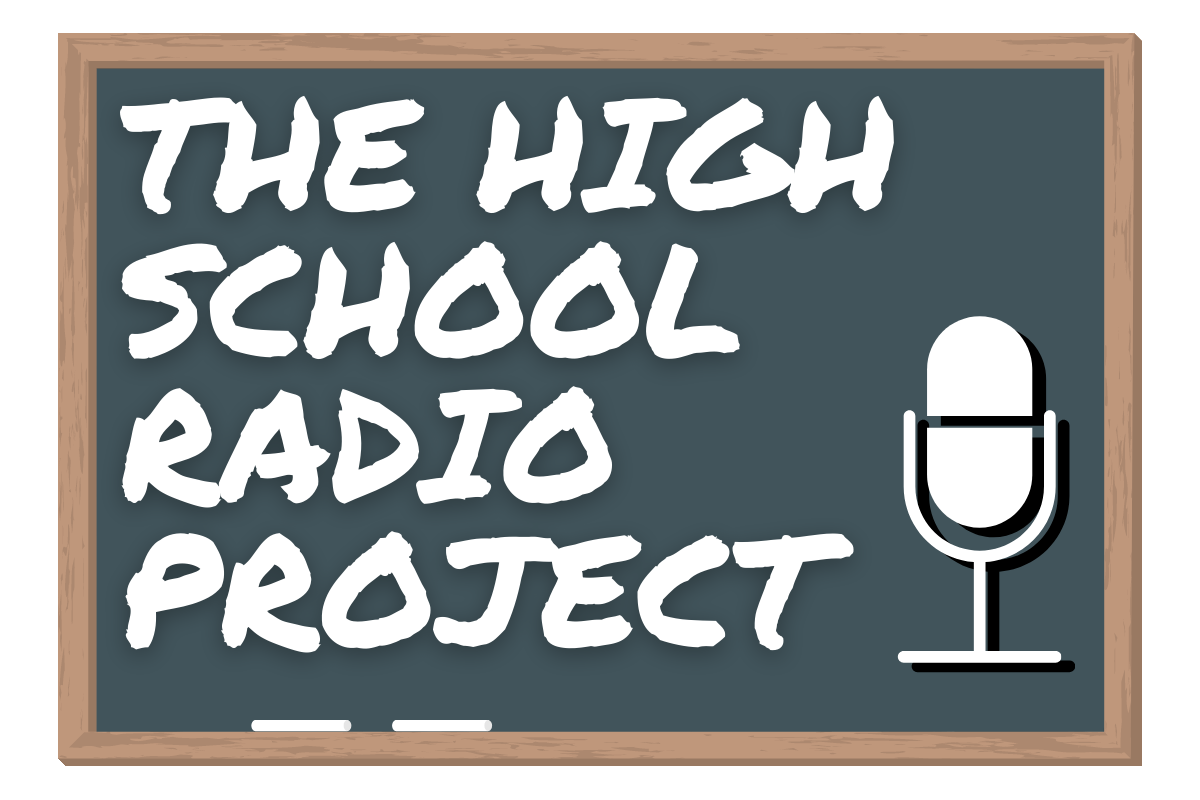In the video below, you’ll learn several of the different types of DJ breaks professionals use in between songs to inform, entertain, and otherwise keep listeners engaged in the station. Learn about “front and back sells,” teases, plugging school and community events, and freestyle-type breaks.
For more on how to be a great DJ, check out our Audio Production and On-Air “Radio Examples” sections and learn from current radio professionals.
Now what do I say?
When a DJ “cracks the mic,” he or she has an opportunity to build rapport with a listener. What you say in between songs is the unique content that sets radio apart from its competitors. In this section, we’ll give you some guidance to help you craft what you’ll say on-air, but don’t let this limit your creativity!
Show prep
Having topical content that relates to the music you play, your school, your community, or other areas of interest to your listeners can help set your breaks apart. Here are some tips for where you can find interesting content for your HSRP on-air breaks.
1. Social Media
By keeping a close-eye on Facebook, Twitter, Instagram, Tik Tok, whatever else is out there, you can see the kinds of things that your listeners are talking about.
Follow relevant accounts from your station or personal accounts, and search topical hashtags surrounding events, geographical areas, music and musicians, movies, sports, and anything else that can help you connect with listeners.
For example, if the profile of your audience shows that they love Netflix series Stranger Things, scan your newsfeed to see what they are saying about it in their comments.
By picking through the comments and opinions, you can quickly tap in to a rich vein of content... and bring it to life on your radio show.
2. Google
Have a song coming up from Lady Gaga or Jason Aldean? Google them to see if they have area concerts coming up, new albums dropping, or if they did anything else that’s newsworthy. Giving your listeners nuggets of information they wouldn’t otherwise know is keeping them informed!
Like anything on the internet, make sure the source you use for your information is trustworthy!
3. Show Prep Service
Many radio stations use something called a show prep service to get a head start on sharing current events, celebrity news, jokes, skits, and more. While most of these services aren’t free, you can sign up for a free version of prep service Interprep here.
You can also consider e-newsletters, your local newspaper, or local television station news website as great sources for prep. Just be sure to give credit to outside sources. i.e. “I saw this crazy story on BostonGlobe.com today…”
4. Something You've Heard
Been on a train and heard someone say something that caught your attention?
Turn it into a break.
Or maybe there's a conversation you've had with a friend or relative or classmate.
Did either of you make an interesting or relatable point?
Then work it into relatable content for your show.
5. Something You've Read
You may be thinking, 'hang on, haven’t we've covered this already in the section on show prep services?'
Yes, but let's broaden this out a little more.
Something you've read could include:
An interview with one of the artists you play
A blog post
Something from a book... perhaps even the Ikea catalogue!
If it’s interesting to you, it could very well be interesting to your listeners!
6. Something You've Seen
Listeners are inquisitive and by giving them an insight into your life, it will help them relate to you. So share with them something you've seen:
Is there a store with a funny name in your neighborhood that people are talking about?
Did you spot someone famous ordering spaghetti in a restaurant?
It could even just be a movie that you loved (and that you think your listeners will too!)
Just be careful to follow your classroom rules in not providing too much personal information. Ask your teacher for guidance.
